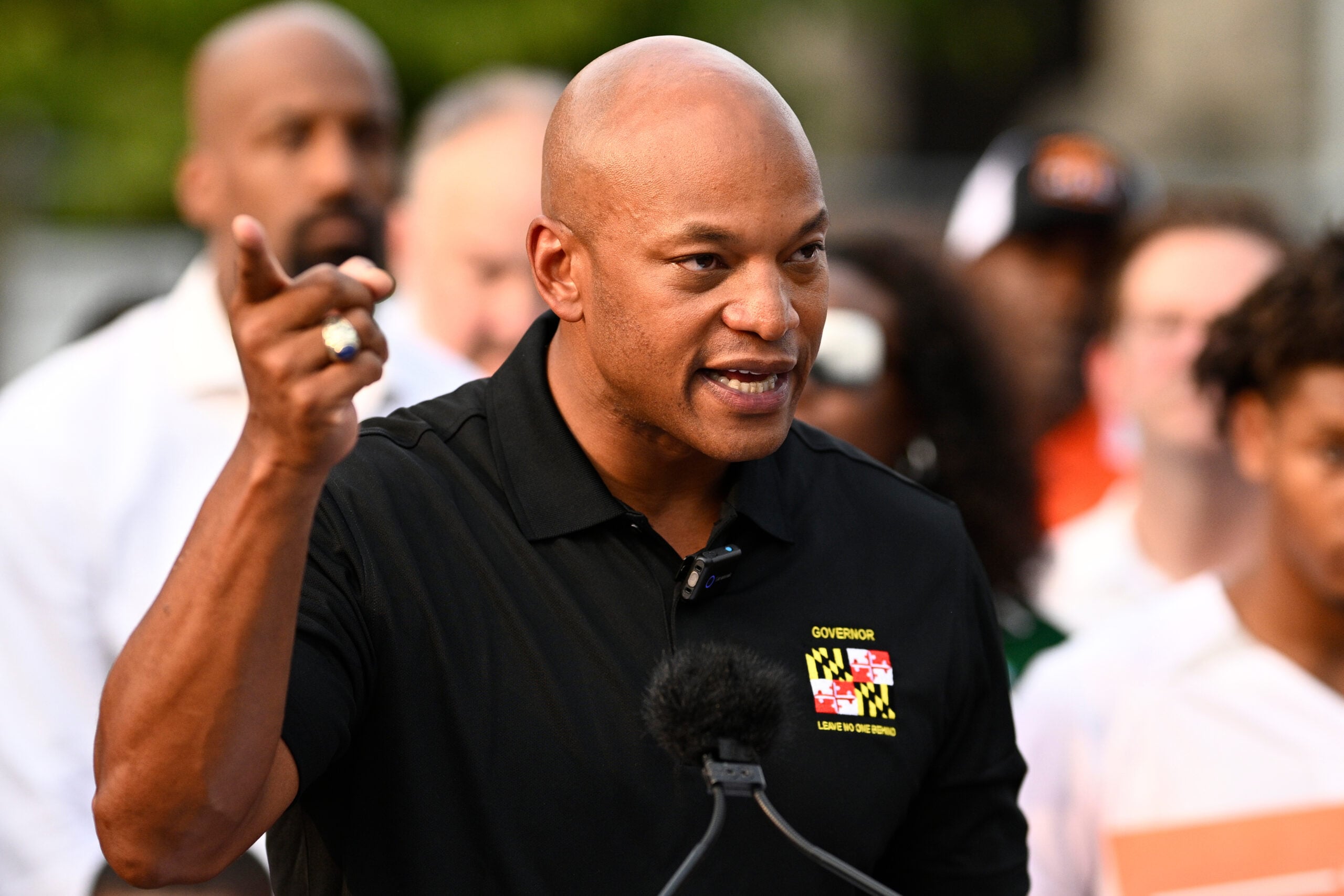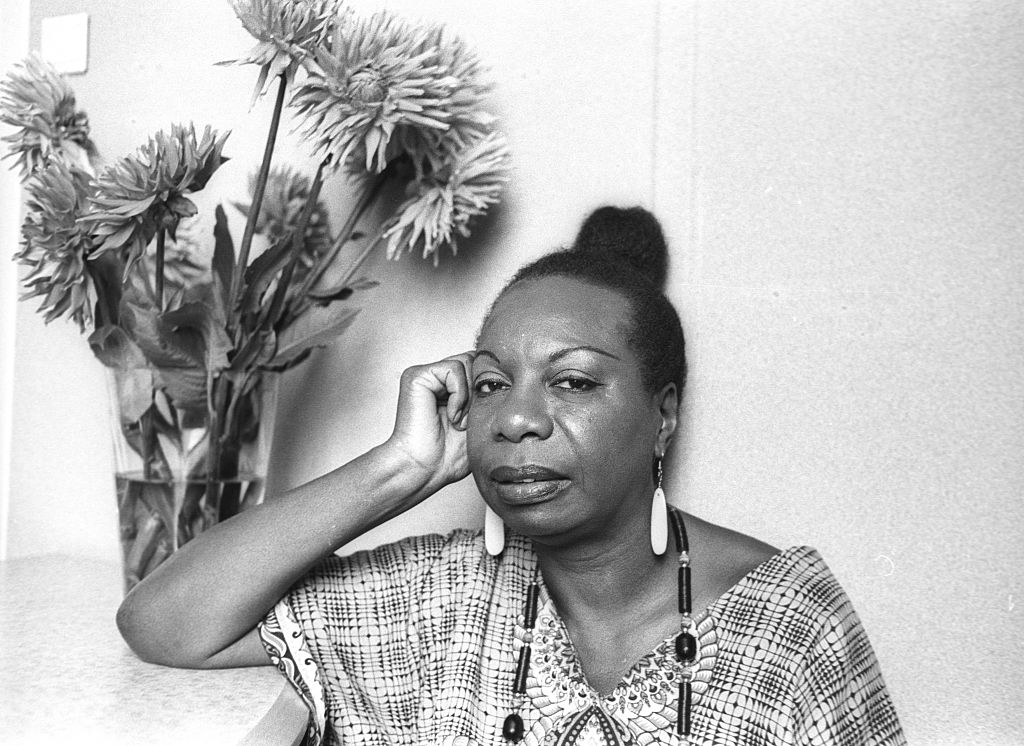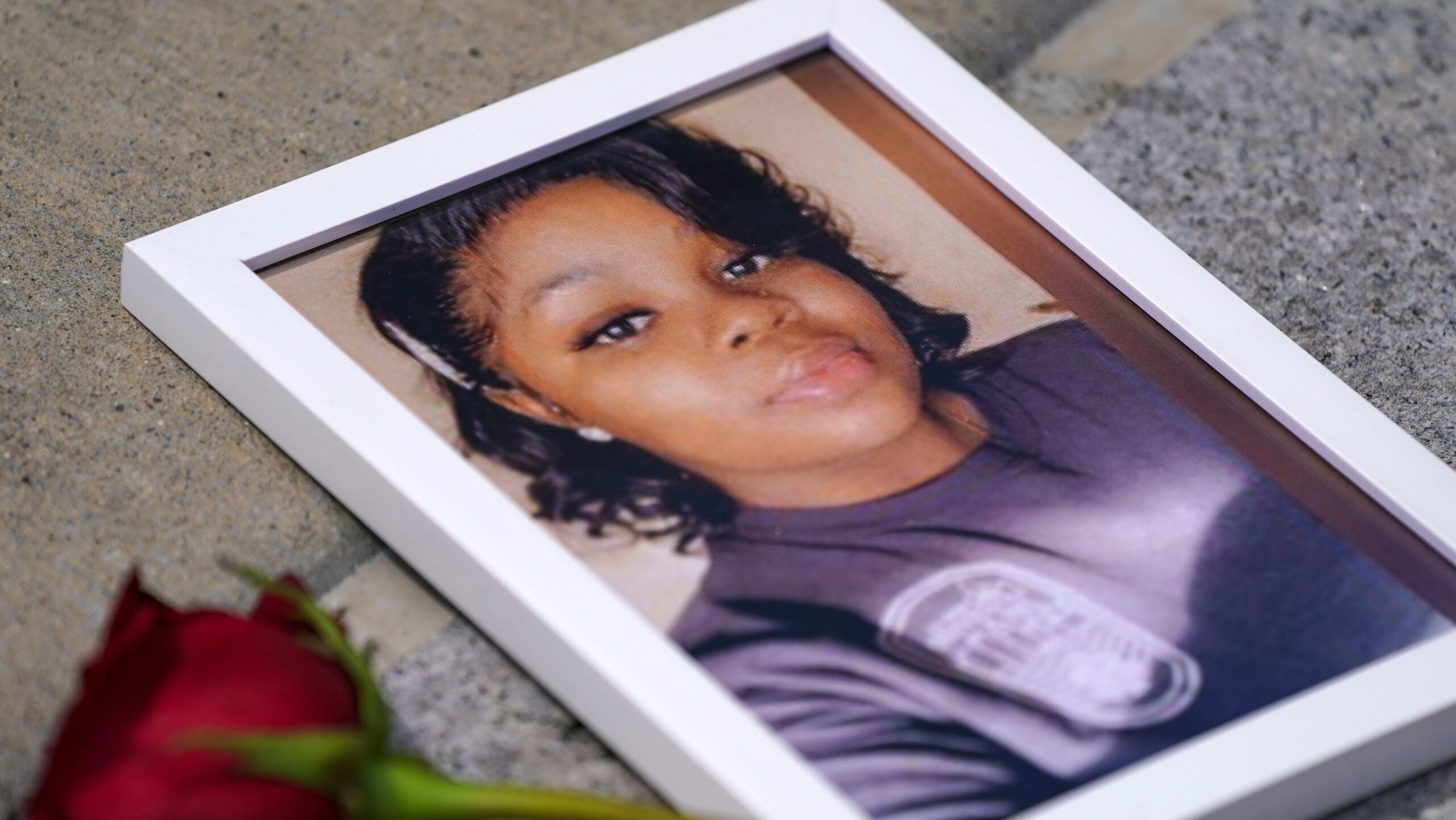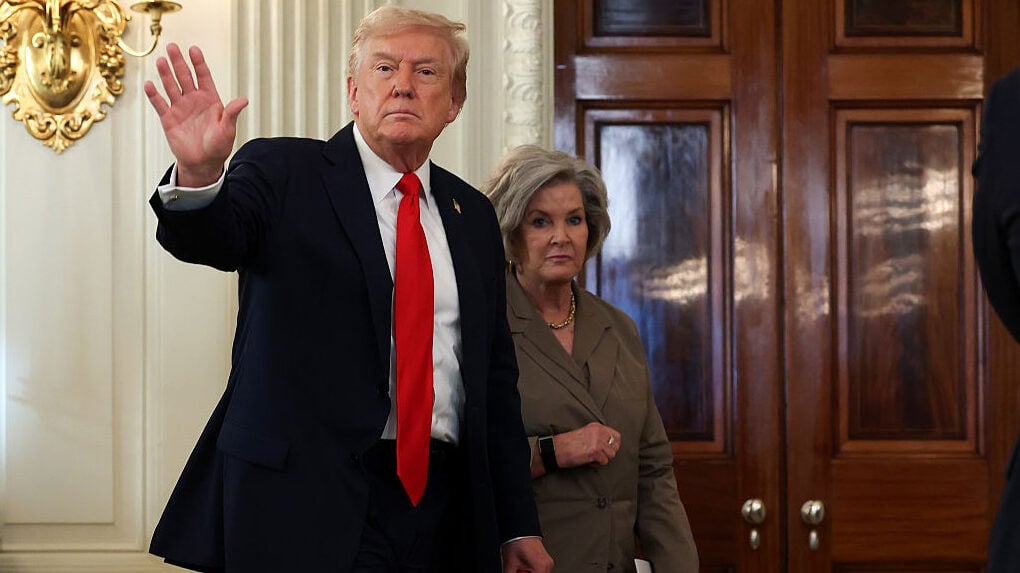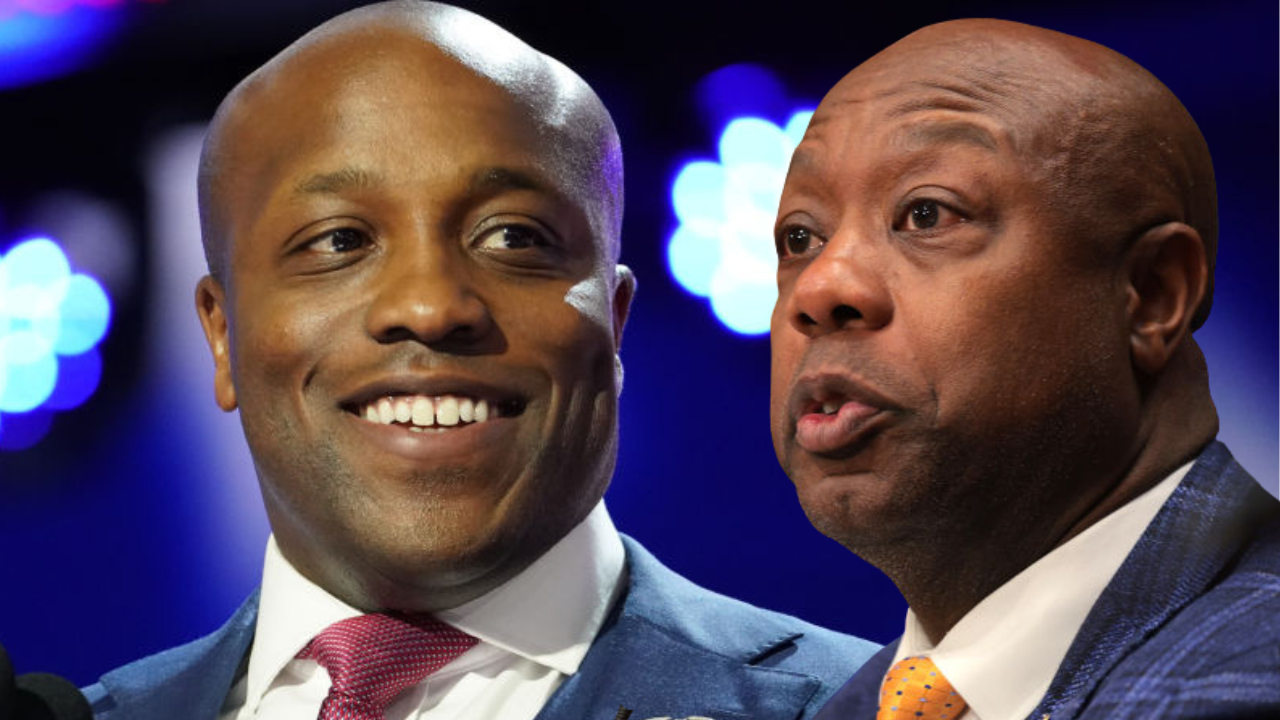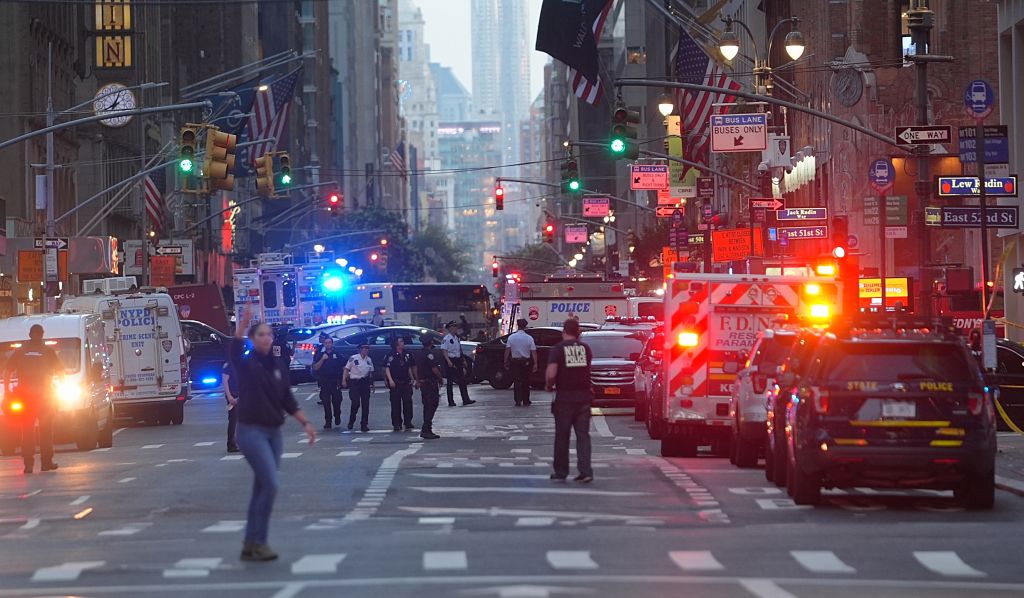The White Media’s Latest Lie: Pretending Black Unemployment Is an Accident, Not a Racial Purge


For months, we’ve been flooded with stories about the sudden rise in Black unemployment. Nearly every one of them, from Politico to Axios to Time Magazine to MSNBC News, has focused on Black women. We’ve seen the same template: sympathetic portraits of college-educated women juggling multiple jobs, stuck in low-wage positions, or pushed out of professional spaces they helped build.
Each piece comes wrapped in the same language of concern with phrases like “economic headwinds,” “policy shifts,” and “labor market cooling.” But beneath that polite vocabulary lies a truth most of these outlets refuse to say out loud: what’s happening to Black workers isn’t a downturn, it’s a pattern hiding in plain sight and a deliberate racial targeting.
The latest example came from the New York Times in a piece titled “Black Unemployment Is Surging Again. This Time Is Different.” The article, published over the weekend, walks readers through a familiar scene featuring a young Black woman with a degree and drive, struggling to find a job that matches her education. Her story is framed in soft light and muted tones, a tragic inevitability rather than a predictable outcome of racist economic policy.
The Times offers the usual explanations: high prices, expired subsidies, and slow hiring. But these aren’t natural forces. They’re choices. The Trump administration deliberately ended pandemic-era subsidies that had cushioned working families, froze federal hiring, and ordered federal contractors to stop pursuing racial equity. Each of those moves directly undercut the modest racial gains made during the recovery when Black wages rose, unemployment dropped to record lows, and household wealth briefly ticked upward.
Now, in just four months, Black unemployment has jumped from 6% to 7.5%, while white unemployment has dipped slightly to 3.7%. That’s not an economic “imbalance.” That’s a recalibration.
The Old Game with New Excuses
Every time Black Americans start to inch toward economic stability, when homeownership increases, wages climb, and the wealth gap narrows, white America finds a new excuse to hit the brakes. Sometimes it’s “budget restraint.” Sometimes it’s “fiscal responsibility.” Sometimes it’s “market correction.” But the meaning never changes: Black progress must be temporary. Every economic cycle becomes a racial reset. Every recovery becomes a reminder of where we’re allowed to stand.
The federal government has historically been one of the few employers where Black workers could thrive without the open discrimination of the private sector. Those jobs provided stability, pensions, and a path into the middle class. So when this administration cuts over 200,000 federal positions, it isn’t trimming fat, it’s gutting one of the few remaining ladders of upward mobility for Black families.
A July “deferred-resignation” program had already nudged over 154,000 federal employees to resign under the guise of voluntary departure. Now, overlay that with a government shutdown that is being used as legal cover to fire thousands more.
The White House has begun executing substantial layoffs amidst the funding impasse, formally initiating Reduction-in-Force (RIF) procedures that target more than 4,000 federal workers so far. Many agencies like Health and Human Services, Education, Treasury, and Homeland Security are being told to identify roles deemed non-essential and purge them. It’s a multi-front assault: resignations, firings, reclassifications, freezes—in total, shrinking the federal civil service by design.
Let’s keep it real, this isn’t a temporary furlough. These are job eliminations, on top of the sweeping federal purge that’s already erased hundreds of thousands of government workers from payrolls. And there’s no credible talk of restoring them. Even as Vice President Vance warned of “deeper cuts ahead,” there’s no plan on the table to rebuild.
In practice, the shutdown is intensifying the racial purge.
When the shuttering of government becomes the pretext for targeting Black federal workers, the very people who relied on these jobs as anchors, this is not governance. It’s racial culling. And by refusing to speak of these cuts in racial terms, the institutional press lets the purge pass as procedural. None of this is accidental. It’s economic retribution, wrapped in the language of governance.
Journalism That Washes Away Intent
What’s most infuriating isn’t just the policy itself. It’s how the press covers it. The Times and other legacy outlets document the pain while protecting the perpetrators. They don’t name them. They don’t call a thing a thing. They use neutral verbs for violent acts. Black unemployment “surged.” Wages “stagnated.” Conditions “deteriorated.” The story writes itself as if no one made these decisions and as if racism were an atmospheric condition instead of an agenda.
Behind every “freeze” is a signature. Behind every “cut” is a hand. Behind every “policy shift” is an ideology that sees Black labor as expendable and Black stability as an economic threat.
That’s why these stories always end the same way: a photo of a Black woman looking out a window, a quote about resilience, and no mention of rage. The coverage humanizes suffering but sanitizes the cause.
But that truth doesn’t make it into the paper. Instead, we get a familiar tableau: a photo of a young Black woman, eyes soft, framed by natural light, gazing out of a window into the distance of her uncertainty. Her name becomes a headline prop, her anxiety converted into empathy content. She’s presented as a symbol of endurance, not a casualty of political violence.
This is how The New York Times uses Black pain as texture, as visual proof that it cares enough to notice but not enough to indict. The story centers her struggle while erasing the system that caused it. It teaches readers to admire her perseverance while accepting her suffering as natural. The camera lingers on her posture, not her power. The quotes chosen make her sound hopeful, humble, never furious. Rage would make the story too complicated. Rage would demand accountability.
And what does that do to us, the readers, the people living inside the crisis instead of reading about it?
Each of these stories, dressed in sympathy but stripped of politics, becomes another drip in the slow psychological erosion of Black will. They curate helplessness. They normalize despair. The constant framing of our lives as tragedy without agency convinces even the most resilient among us that this is simply the way things are. That we are data points in someone else’s economy, not protagonists in our own liberation.
The media’s refusal to name intent doesn’t just obscure power, it reproduces it. The mainstream media is complicit. It turns systemic racism into narrative weather, something to be endured rather than dismantled. The repetition of this kind of coverage numbs both Black readers and white ones. It teaches us, over and over, that the best we can do is survive the next headline.
And there’s the other side of this coin. These stories don’t just pacify Black outrage; they pacify white anxiety. The quiet subtext of all these “troubling but manageable” economic stories is reassurance. The Times isn’t writing to warn white America. It’s writing to soothe it. To tell its readers that the order of things is holding, that the chaos is containable, that the people on the margins are hurting, but not rebelling.
These headlines perform two functions at once: they console the privileged while conditioning the oppressed. They make white readers feel both concerned and safe, allowing them to feel humane without ever feeling implicated. They sustain the illusion that racism is tragic but temporary, that capitalism is unfair but unchangeable, that this country is cruel but essentially decent.
That’s the psychic sleight of hand of establishment journalism. It turns structural violence into a sad story with no villain. It gives Black pain aesthetic value and white audiences emotional absolution. It teaches the nation to empathize without ever demanding it evolve.
The Real Story
Let’s tell the truth. Black unemployment is rising because this racist Trump administration wants it to. Point. Blank. Period.
The destruction of DEI, the mass layoffs, the rollback of worker protections, all of it serves a single political goal: to reassert white control over the economy after 2020’s so-called “racial reckoning.” The message is clear: Black prosperity is conditional. You can have it until you make it look sustainable.
The Times insists this time is different, but it isn’t. What’s different is the honesty of the cruelty. There are no whips, nooses, or dog whistles now. We’ve got executive orders, pink slips, and budget cuts dressed as “reform.” What we’re watching is not a new economic trend but the same old American choreography of racial control.
From the auction block to the assembly line to the federal payroll, Black livelihoods have always been the collateral damage of white panic. And once again, as our jobs disappear, the nation’s paper of record writes it up like the weather and pretends this purge is just another headline, not another chapter in the same ole American story.
Dr. Stacey Patton is an award-winning journalist and author of “Spare The Kids: Why Whupping Children Won’t Save Black America” and the forthcoming “Strung Up: The Lynching of Black Children In Jim Crow America.” Read her Substack here.
SEE ALSO:
When Humbling Black Women Is A Political Game
‘Big Beautiful Bill’ Is An Attack On Black Education
What's Your Reaction?
 Like
0
Like
0
 Dislike
0
Dislike
0
 Love
0
Love
0
 Funny
0
Funny
0
 Angry
0
Angry
0
 Sad
0
Sad
0
 Wow
0
Wow
0





